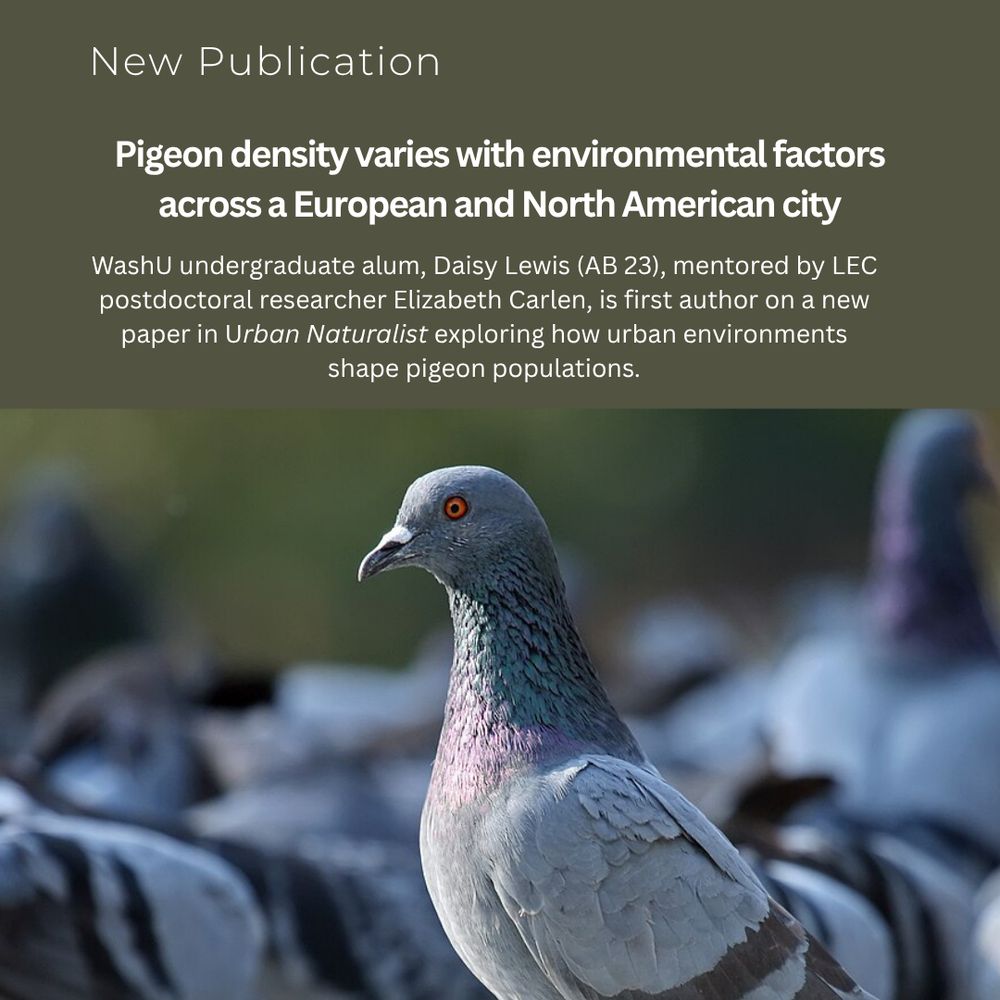
🎉 New publication alert!
Read the full article 📰 — link in bio or eaglehill.us/URNAonline2/access-pages/079-Lewis-accesspage.shtml
#UrbanEcology #ManuscriptMonday #WashU #UrbanBiodiversity
@livingearthcollab.bsky.social
Dedicated to advancing knowledge of & conserving biodiversity. Partnered among Washington University in St. Louis, Saint Louis Zoo, and Missouri Botanical Garden. Led by Jonathan Losos & Crickette Sanz. Visit us https://linktr.ee/livingearthcollaborative

🎉 New publication alert!
Read the full article 📰 — link in bio or eaglehill.us/URNAonline2/access-pages/079-Lewis-accesspage.shtml
#UrbanEcology #ManuscriptMonday #WashU #UrbanBiodiversity
LEC postdoc Elizabeth Carlen (@ecarlen.bsky.social) joins St Louis on the Air to explore how STL's built environment shapes not just neighborhoods — but wildlife.
It's a must-listen for anyone interested in urban ecology and STL history.
🎧 Tap the link in our bio to listen.

🚨 Fall Internship Alert! 🚨
The @stlzoo.bsky.social Endocrinology Lab is accepting applications for its Fall 2025 internship! 🧪🦁🧬
Apply today
🔗 Info: livingearthcollaborative.wustl.edu/items/saint-...
#scienceinternships #endocrinology #SaintLouisZoo #globalconservationfutures #conservationcareers
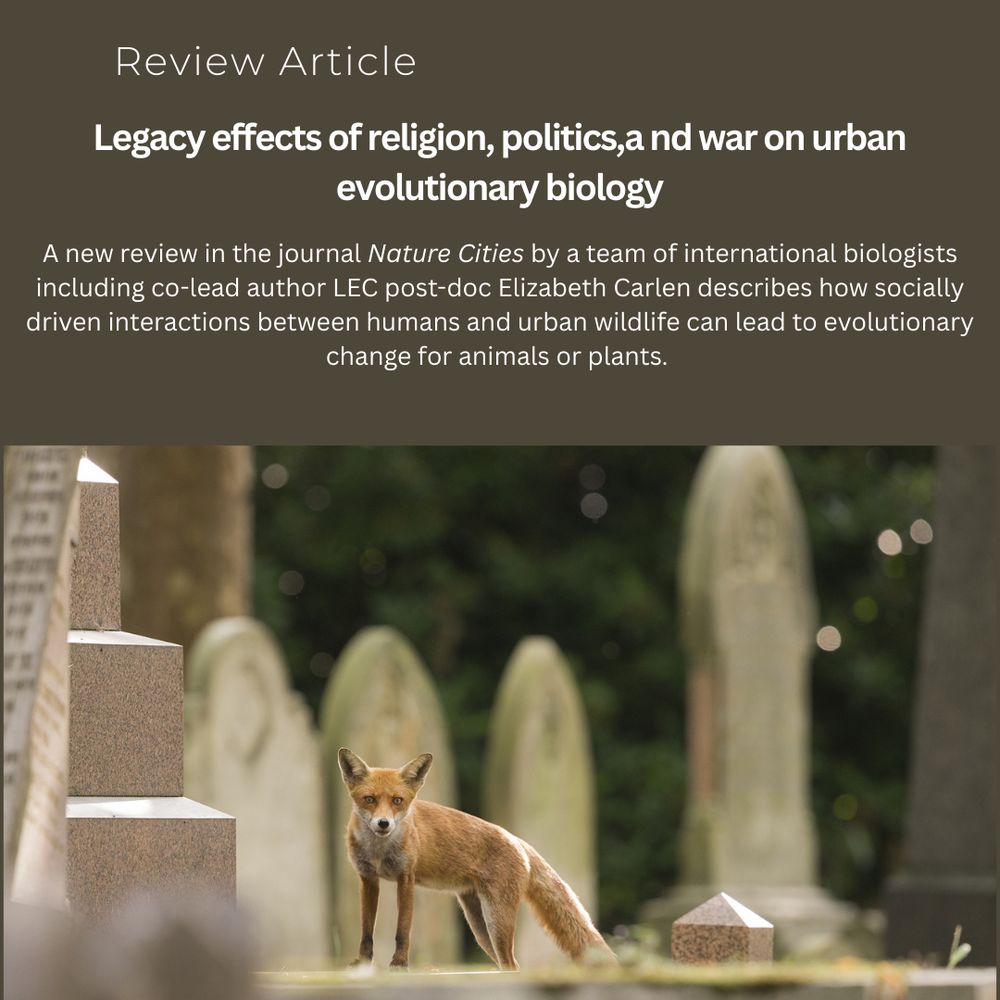
📢 Just out in Nature Cities: Legacy effects of religion, politics and war on urban evolutionary biology with co-author LEC postdoc Dr. Carlen
🔗 rdcu.be/ewmqV
#UrbanBiodiversity #Evolution
@nature.com
These examples remind us:
Human decisions don’t just impact ecosystems—they shape evolutionary futures.
If we want to understand urban biodiversity, we need to consider history, politics, and culture too.
In Los Angeles, redliningstill affects wildlife. Coyote and bobcat gene flow is lower between redlined and non-redlined areas, showing how human social history has left a biological mark. 🐾📜
14.07.2025 15:37 — 👍 1 🔁 0 💬 1 📌 0Take salamanders in Spain. A religious wall separating Christian and Muslim communities also split the local fire salamander population. Over time, the two groups diverged genetically. A cultural boundary became an evolutionary one. ✝️🕌🦎
14.07.2025 15:37 — 👍 0 🔁 0 💬 1 📌 0We often think of evolution as something happening "out there" in nature. But cities—steeped in history, power, and belief—are deeply shaping how animals live, move, and evolve. 🏙️🦊🧬
14.07.2025 15:37 — 👍 0 🔁 0 💬 1 📌 0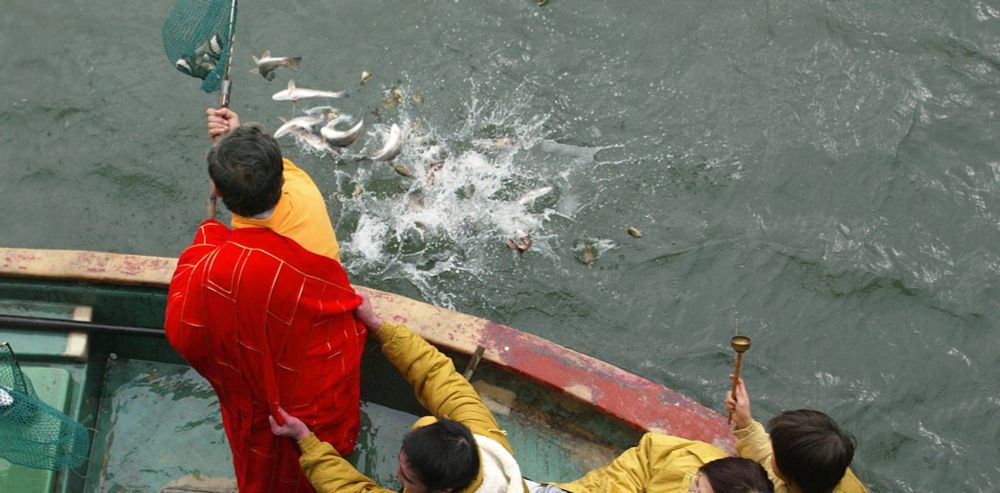
🧵How do war, politics & religion shape the evolution of wildlife in cities? It’s not just habitat loss and pollution—human culture itself is driving evolutionary change. LEC postdoc Dr. Elizabeth Carlen explains in her latest piece for @us.theconversation.com
🔗 theconversation.com/war-politics...

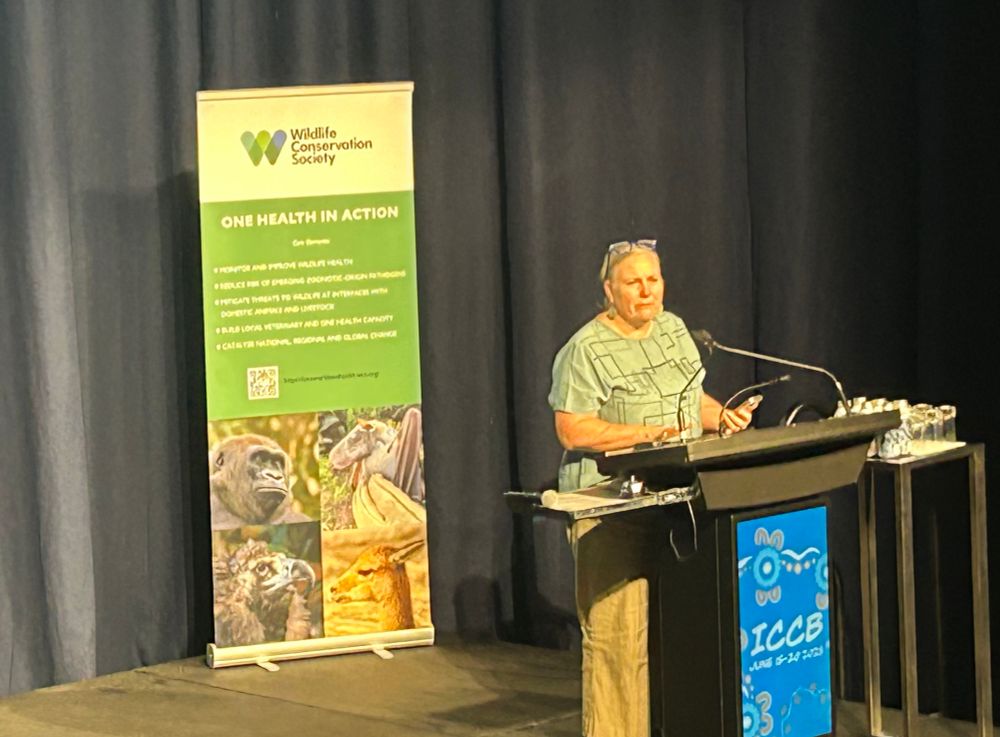
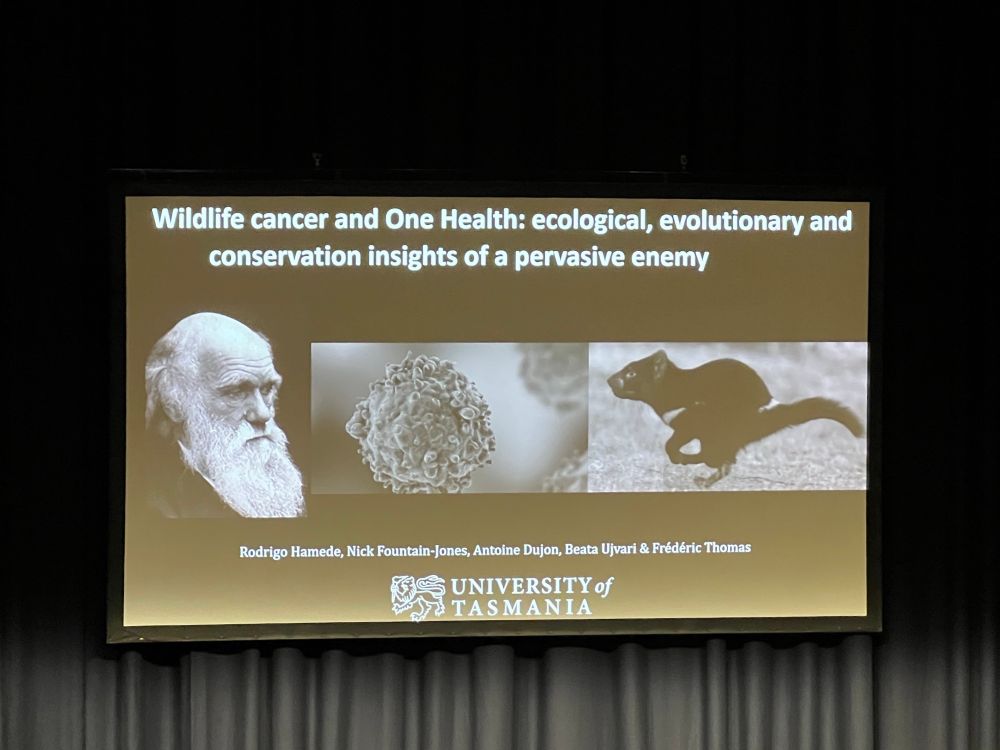
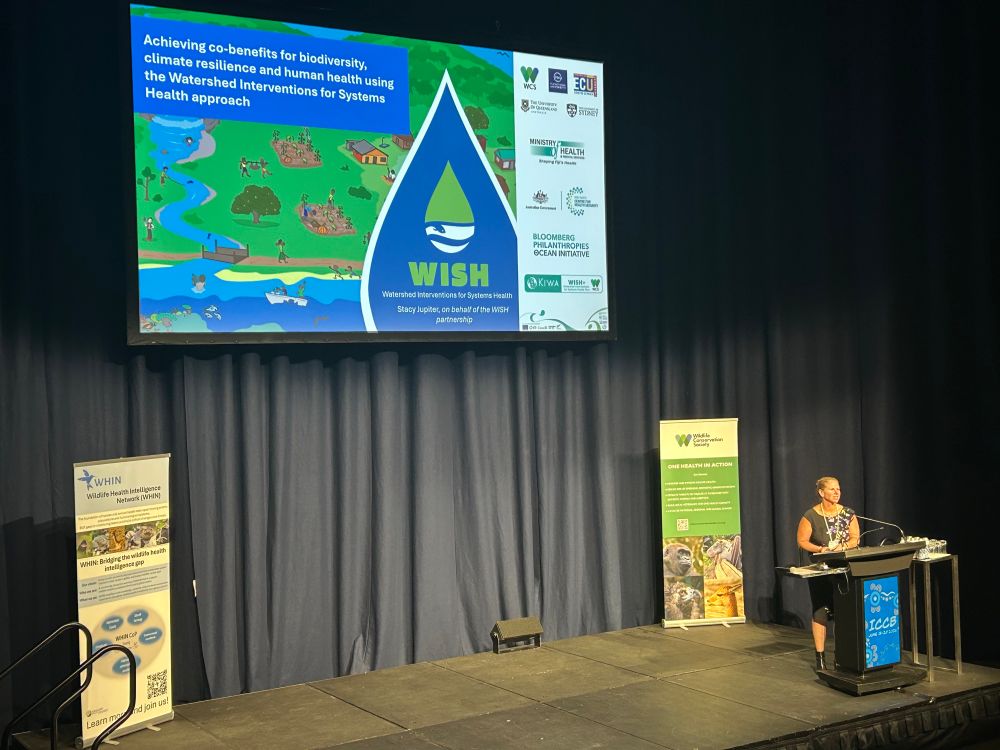
Day 4 #ICCB starts with an amazing line up of One Health presentations.
Big thanks to @wcs.org for organizing this informative & timely symposium.
#onehealth | @iccb2025.bsky.social
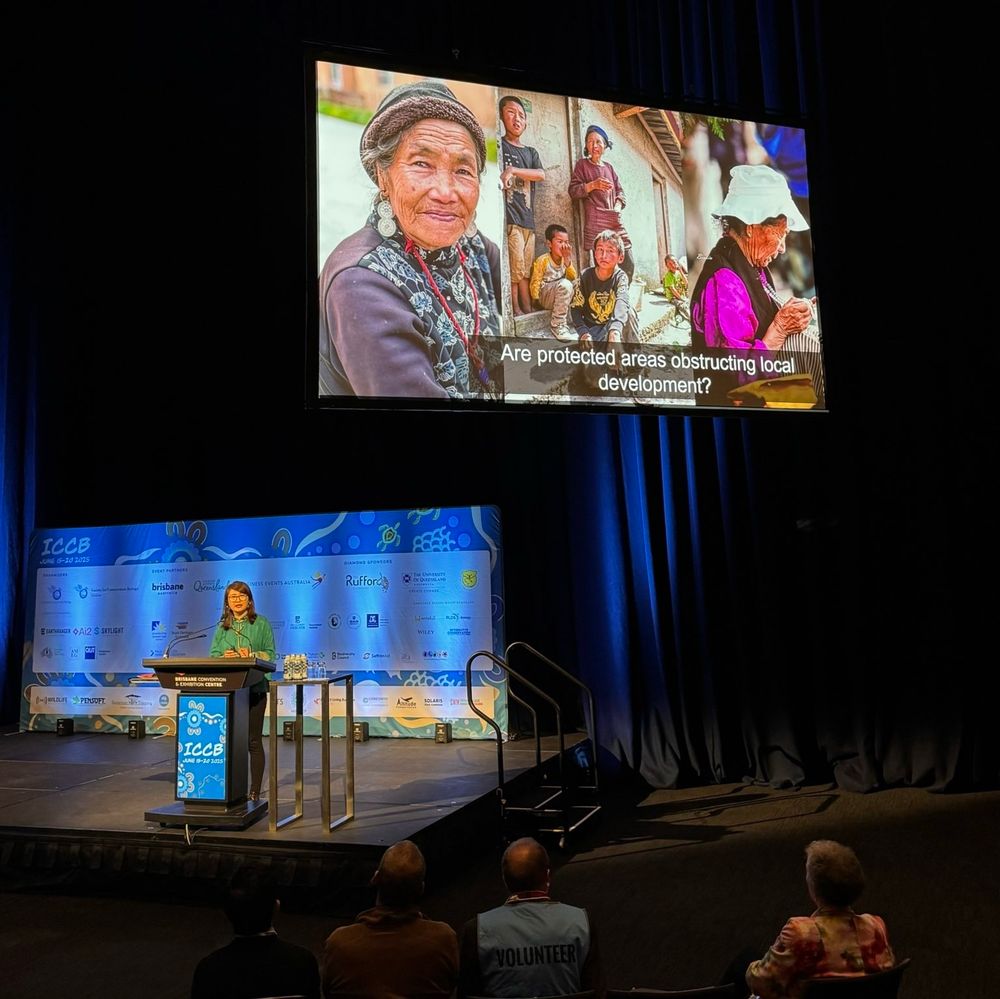
#ICCB2025 day 2 in Meanjin/Brisbane!
This morning we were inspired by Dr Binbin Li from Duke Kunshan University plenary about urban biodiversity conservation & sustainable development.
LEC will be here all week so stay tuned for updates!
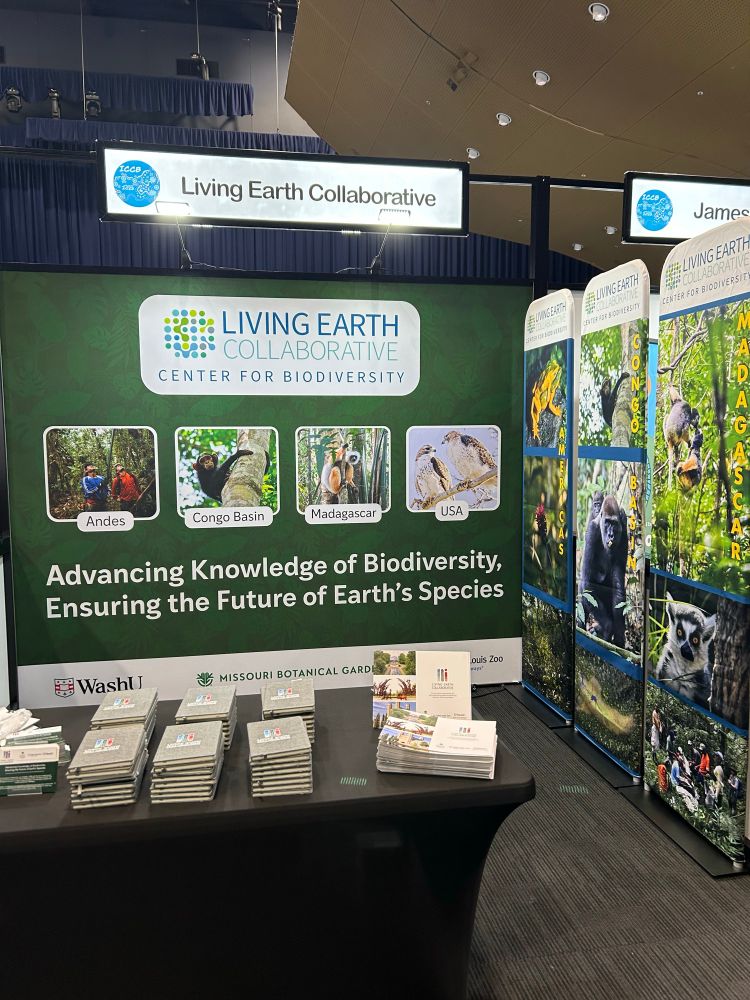
At @iccb2025.bsky.social? Stop by booth 4! We’d love to learn about your work and share about our work combining the research power of academia, botanical gardens and zoos. #iccb2025
15.06.2025 06:55 — 👍 5 🔁 1 💬 0 📌 0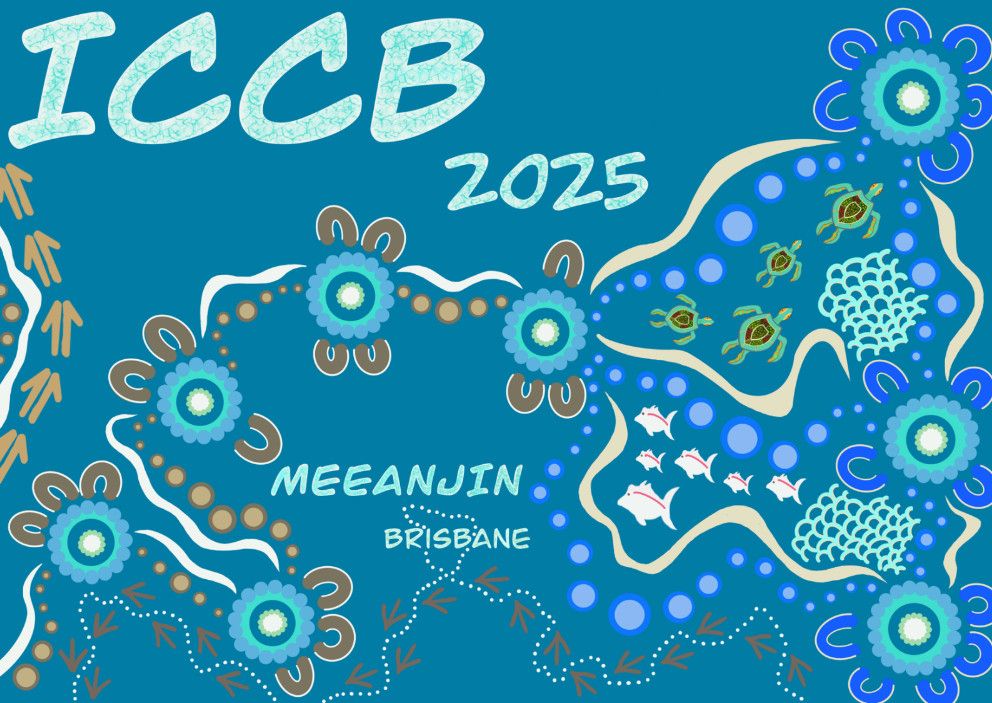
We are in Brisbane for the 32nd International Congress for Conservation Biology!
Drop by our booth to learn more about LEC, have a chat with our team and pick up some fun swag!
#ICCB2025 | @iccb2025.bsky.social
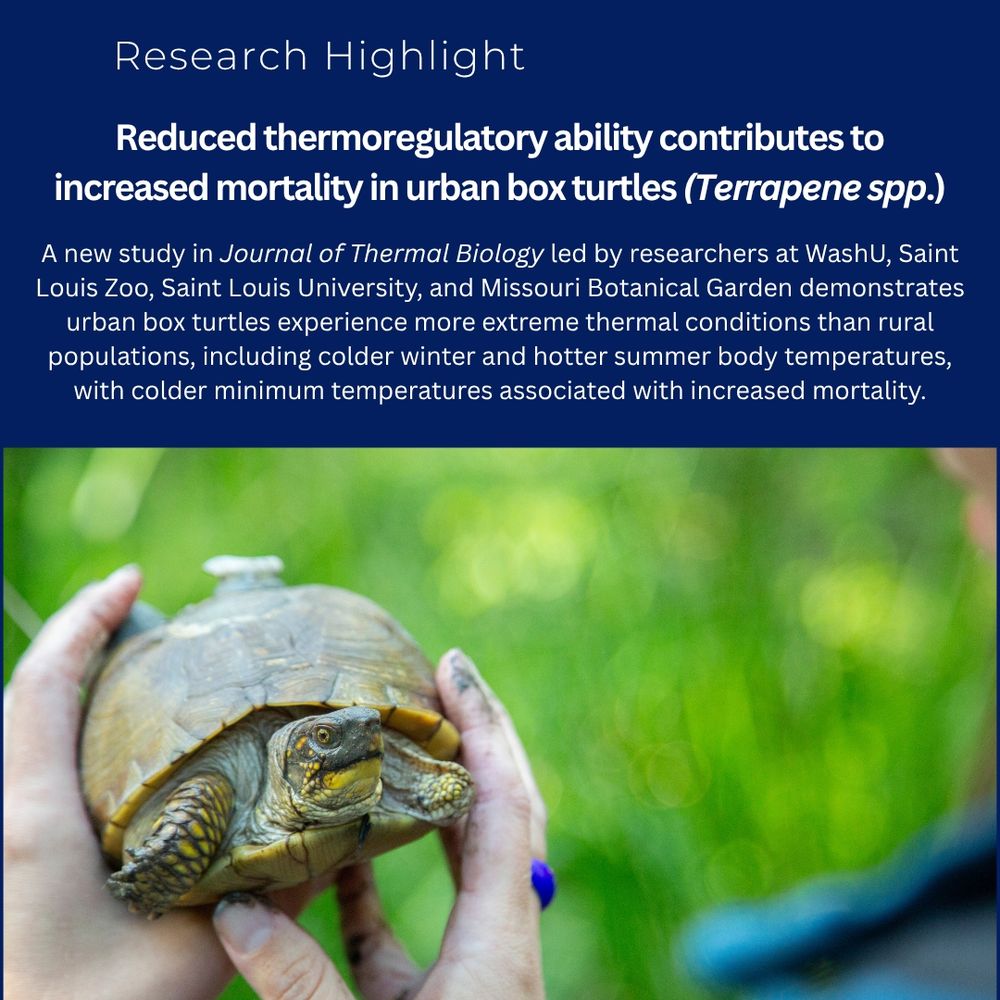
New publication by LEC post-doc alum and LEC Biodiversity Fellows!
Read full article at doi.org/10.1016/j.jt...
Thanks for having us! We loved sharing with this incredible network.
27.05.2025 20:58 — 👍 1 🔁 1 💬 0 📌 0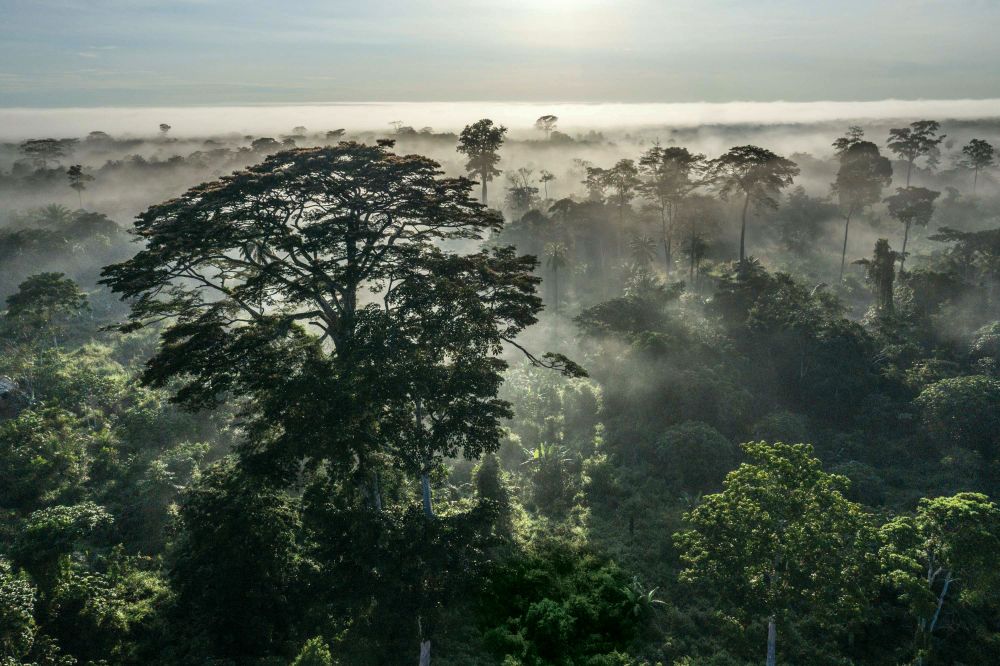
LEC is a partnership with @washu.bsky.social @mobotgarden.bsky.social & @stlzoo.bsky.social focused on conserving biodiversity locally & globally.
Learn more: artsci.washu.edu/ampersand/ho...
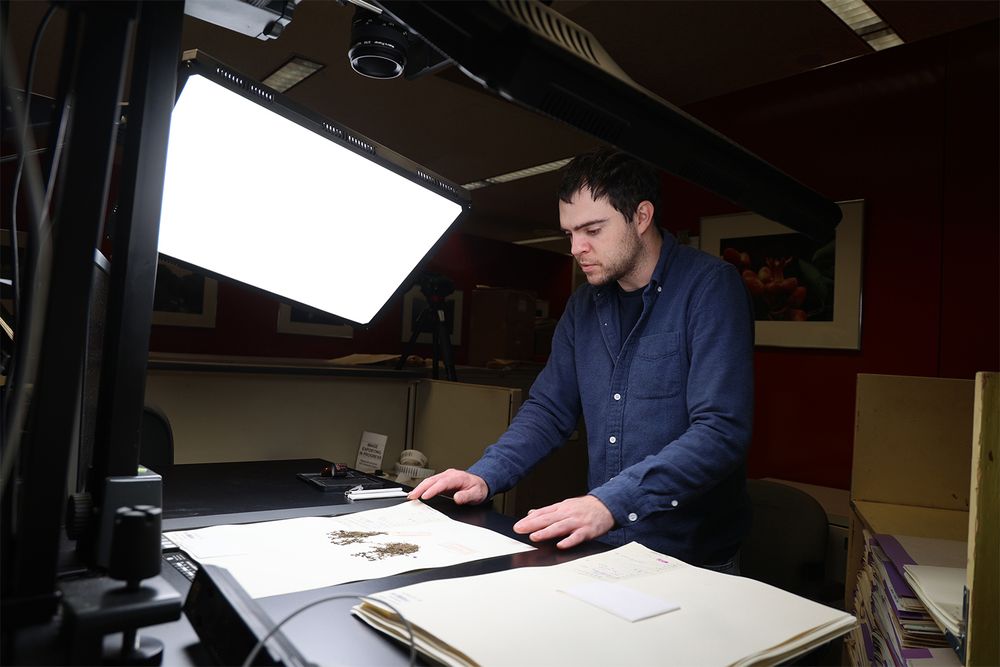
WashU's Department of Statistics & Data Science and LEC recently hosted experts from @mobotgarden.bsky.social to discuss the Revolutionizing Species Identification project: digitizing 8 million herbarium specimens for cutting-edge biodiversity research.
Learn more: sds.wustl.edu/node/13366
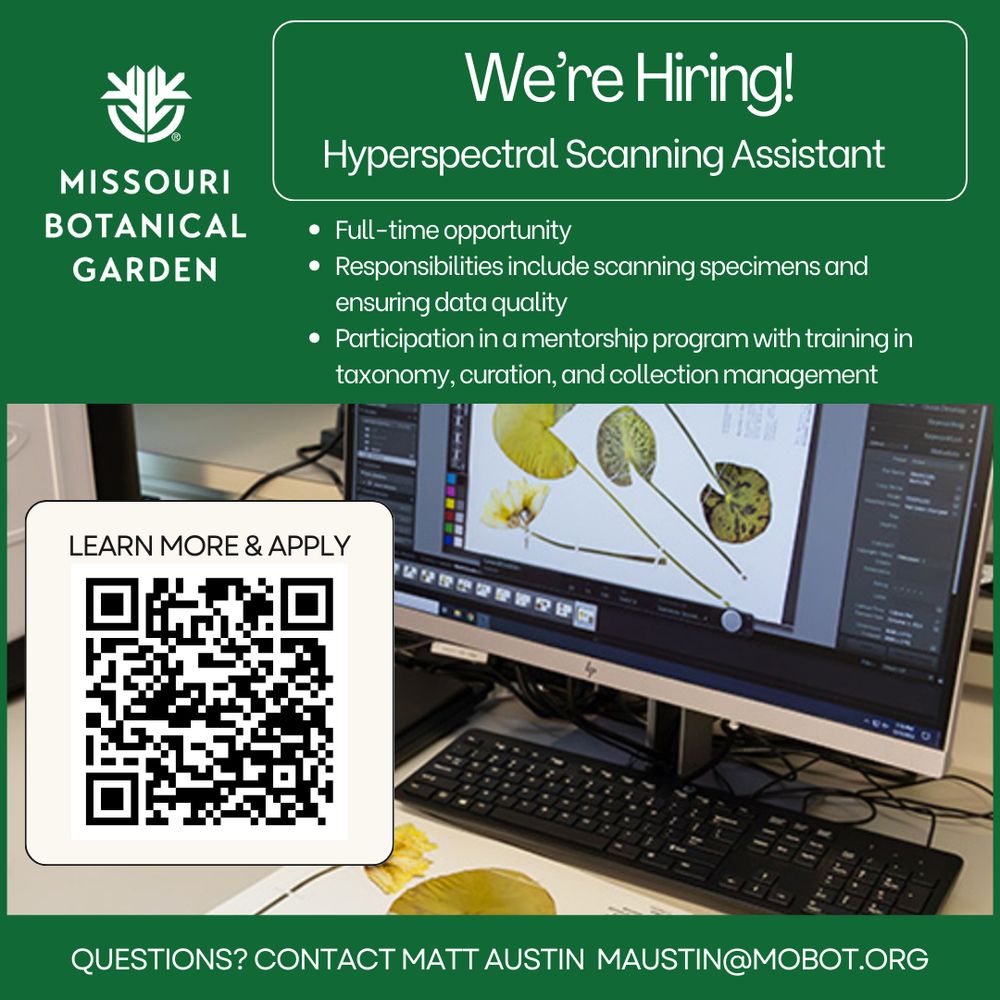
🌿 Join the Missouri Botanical Garden team!
@mobotgarden.bsky.social is hiring a Hyperspectral Scanning Assistant for the Revolutionizing Species Identification Project!
Apply today: jobs.dayforcehcm.com/en-US/mbg/CA...
#NowHiring #ScienceJobs #Biodiversity #PlantScience
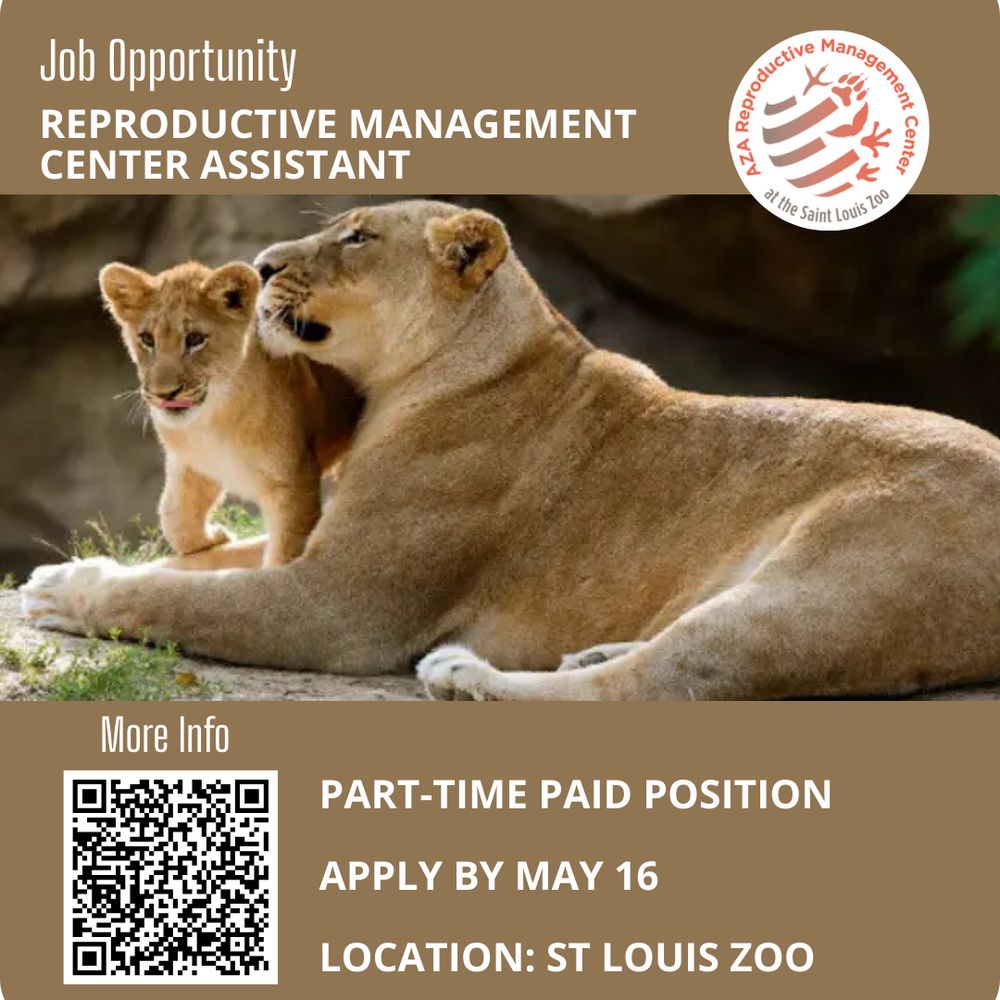
🚨 Now Hiring: AZA Reproductive Management Center Assistant. Support wildlife conservation with the AZA Reproductive Management Center @stlzoo.bsky.social
🧪 Up to 10 hrs/week | $13.25/hr
📅 Apply by May 16
Details livingearthcollaborative.wustl.edu/items/aza-re...
#ConservationJobs #STLZoo
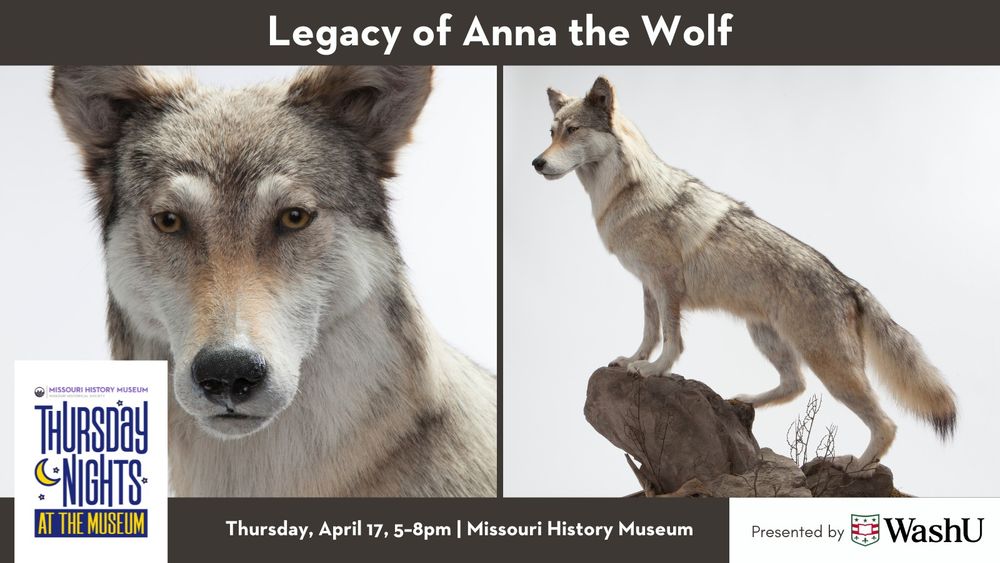
Discover the wild story of Anna the Wolf! Join us at the Missouri History Museum tonight for a family-friendly event exploring the remarkable connection between St. Louis & Mexican gray wolf recovery. Free & fun for all ages!
🔗 mohistory.org/events/anna-...
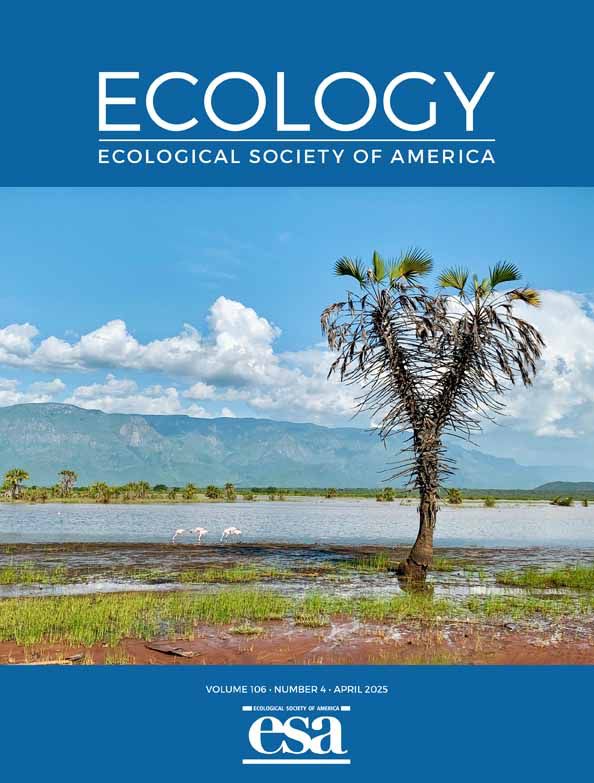
Congrats to David Henderson & the Madidi Metabolomics Project team on this new paper exploring the chemical ecology of tropical tree communities 🌴 in the Andes ⛰️
@mobotgarden.bsky.social @washu.bsky.social @utaustin.bsky.social @livingearthcollab.bsky.social #UMSL
🔗 doi.org/10.1002/ecy....
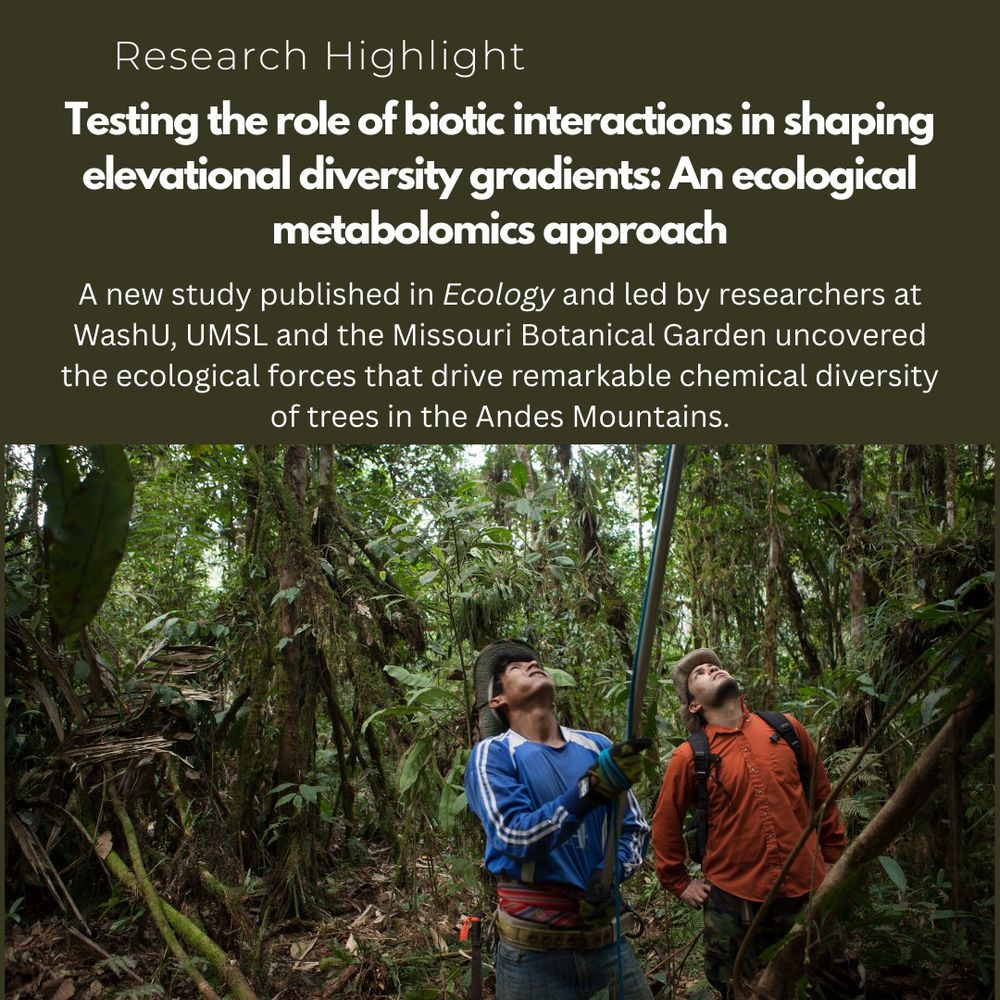
A study in Ecology by WashU, UMSL, & Missouri Botanical Garden researchers reveals a layer of hidden diversity in tropical forests found in the leaves using specimens from the Madidi Project.
🔗https://esajournals.onlinelibrary.wiley.com/doi/full/10.1002/ecy.70069
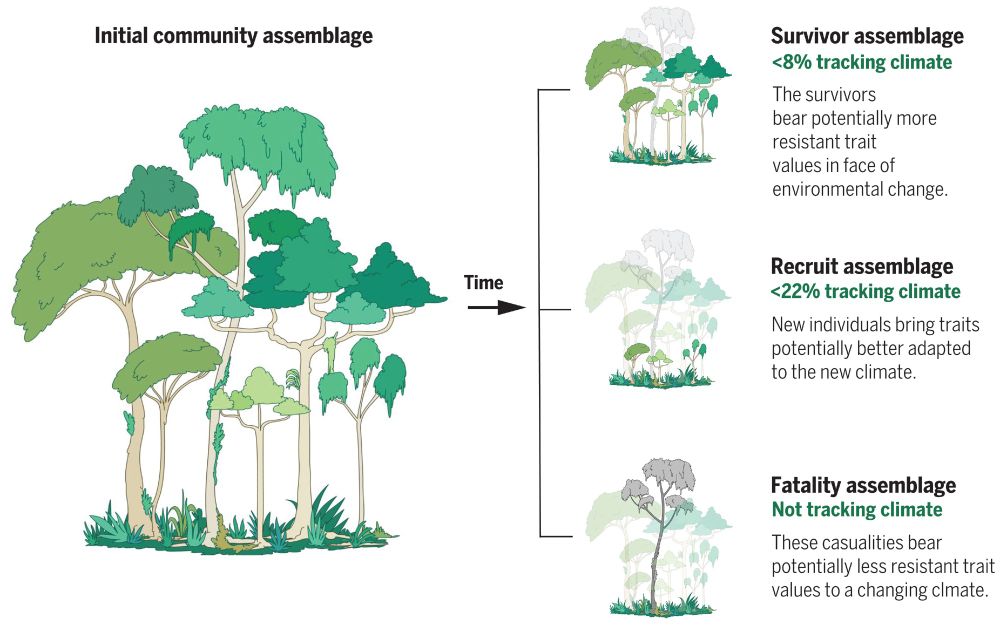
Conceptual figure depicting the analyzed mechanisms for change in community trait composition across the study area. Tree individuals that are alive and have a DBH ≥10 cm are part of the full community assemblage. Across time, there can be changes in the community trait composition due to growth of the surviving tree individuals (survivor assemblage) given their increase in basal area (top right). Other mechanisms for changing community trait composition across time are the recruitment (recruit assemblage) of new individuals (middle right) and the death (fatality assemblage) of individuals in the community (bottom right).
Imagine this: the Amazon and other tropical forests are like nature’s lungs 🌎
But those lungs? They’re wheezing
A new study shows these forests aren’t adapting fast enough to climate change. They're struggling to keep up
It’s not just trees at risk - it’s all of us
🧪 www.science.org/doi/10.1126/...
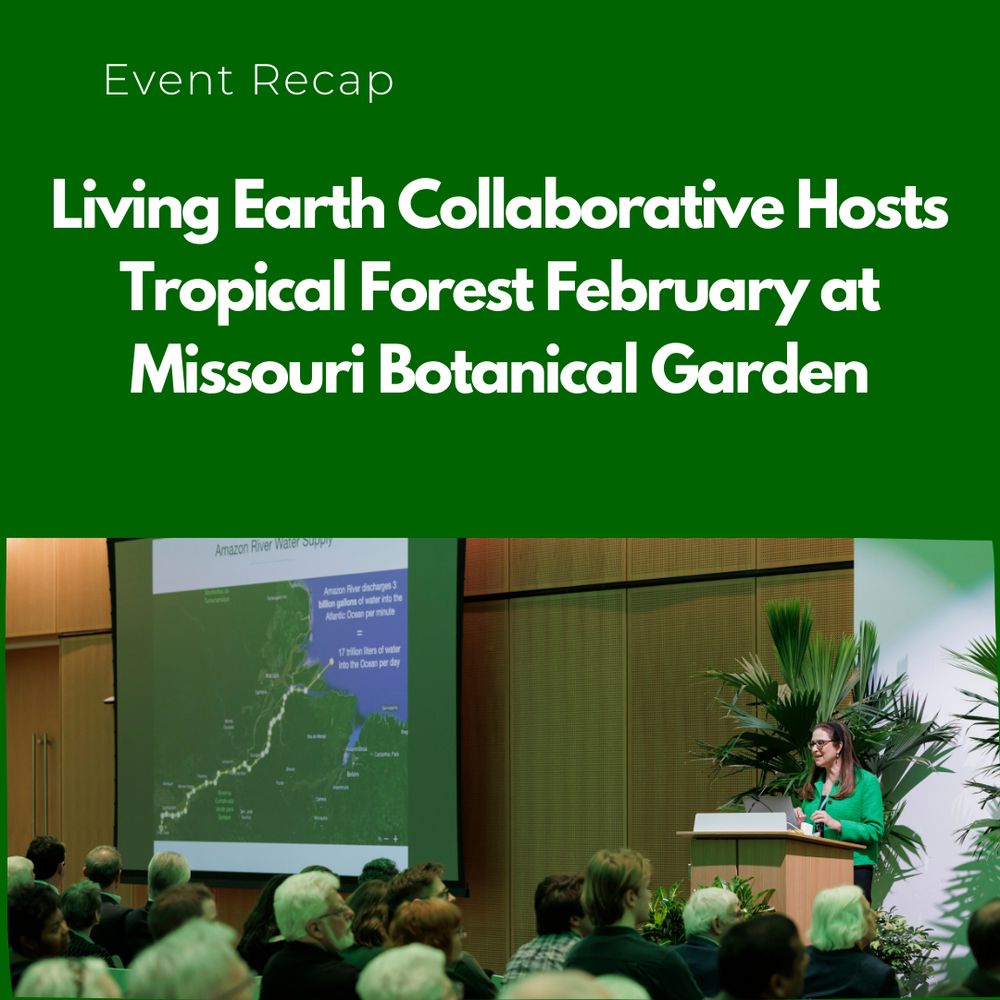
As Saint Louis' trees bloom, we’re still reflecting on the amazing Tropical Forest February event! Check out the recap strategicplan.artsci.wustl.edu/news/missour...
Thank you to our partners @stlzoo.bsky.social & @mobotgarden.bsky.social who were instrumental in making this event a success!
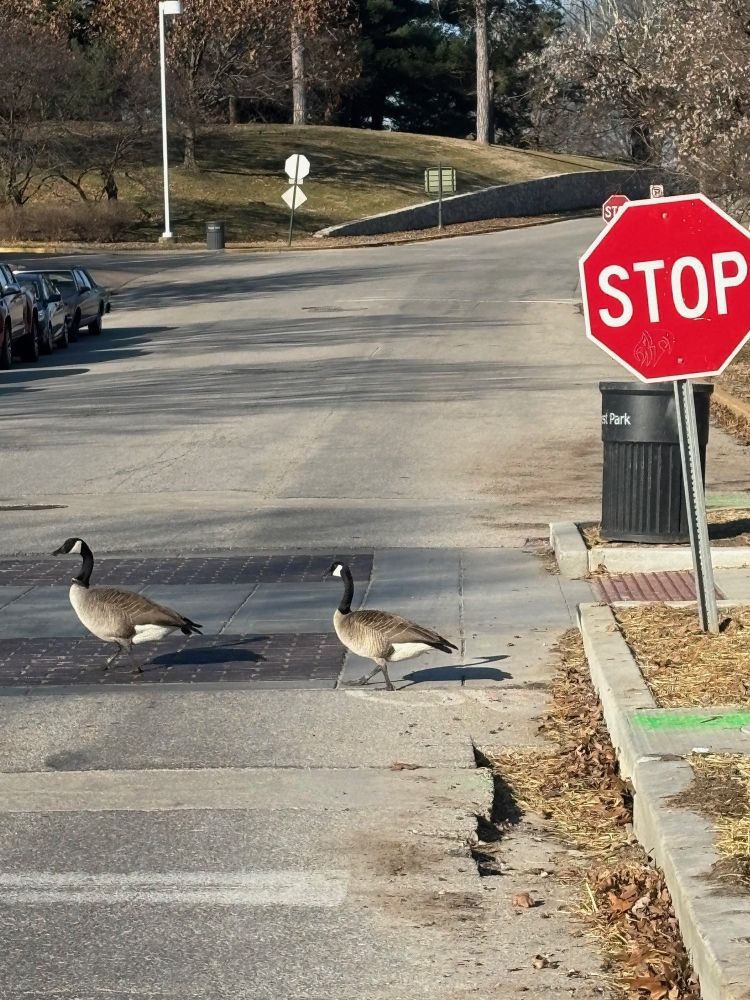
Check out our newest blog on the Forest Park Living Lab website! www.forestparklivinglab.org/news/fran-th...
09.04.2025 20:24 — 👍 1 🔁 0 💬 0 📌 0@tobypennington.bsky.social
@mobotgarden.bsky.social
@washu.bsky.social
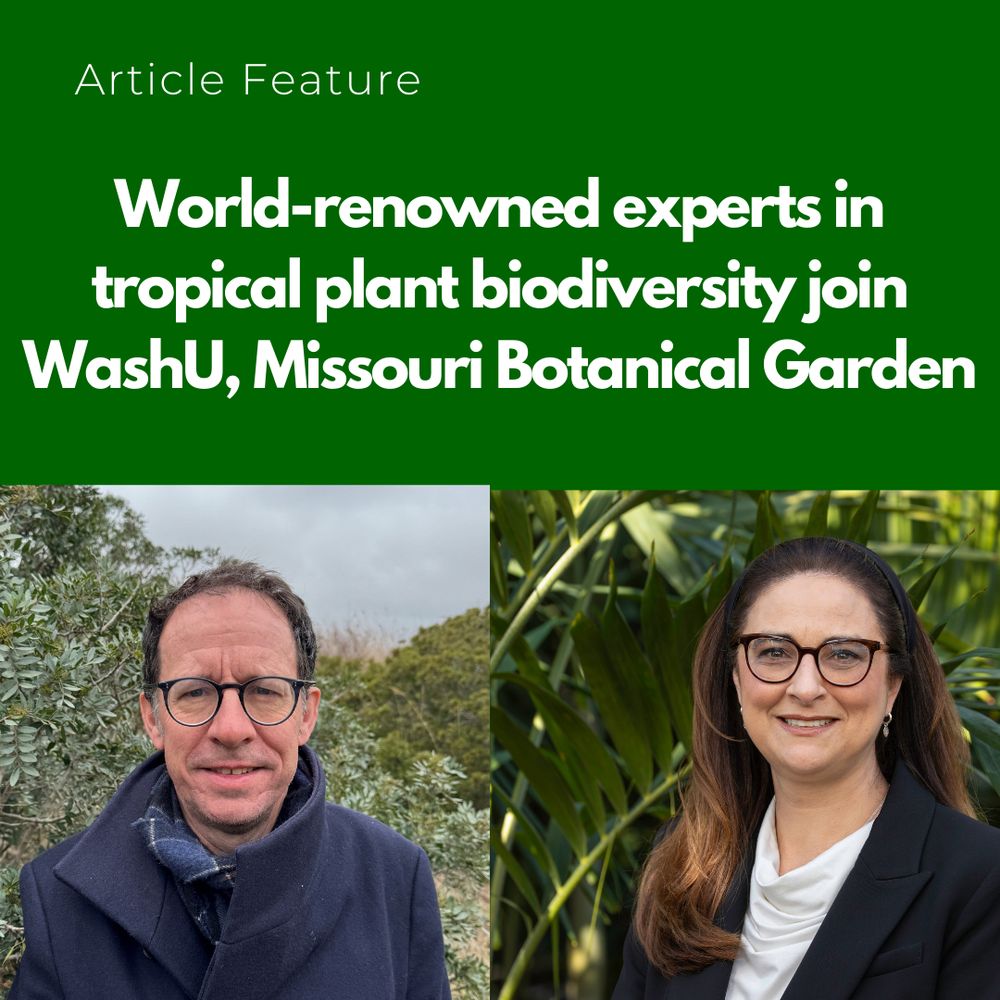 28.03.2025 15:03 — 👍 1 🔁 0 💬 1 📌 0
28.03.2025 15:03 — 👍 1 🔁 0 💬 1 📌 0
A reminder that IPBES is seeking experts for the 2nd global assessment on biodiversity. This will be a hugely important report for the future of biodiversity. Experts are needed, especially, interdisciplinary experts and those from the Global South.
13.03.2025 12:32 — 👍 21 🔁 16 💬 0 📌 0📸 Photo credit: Rebecca Clark | WashU
06.03.2025 17:23 — 👍 0 🔁 0 💬 0 📌 0